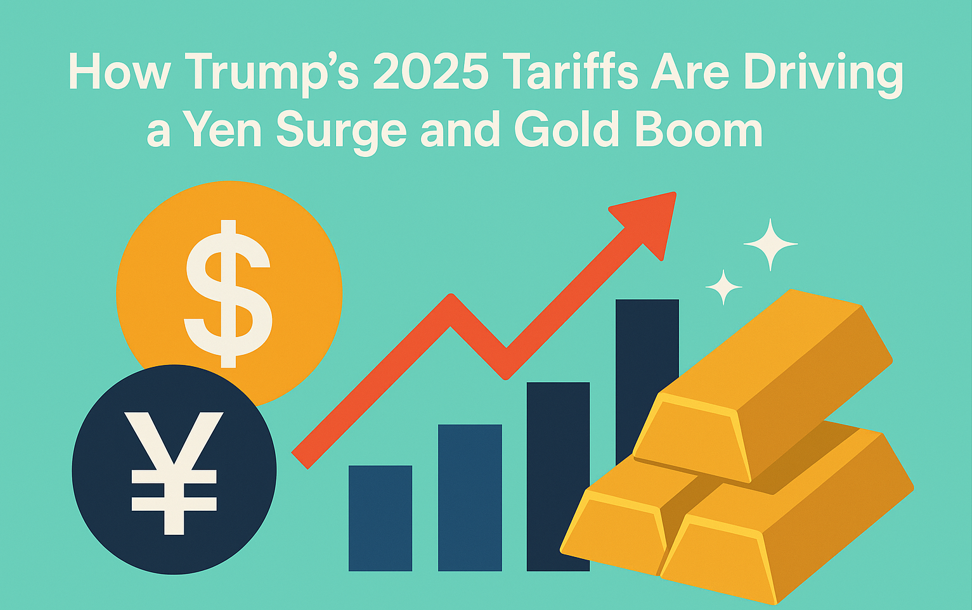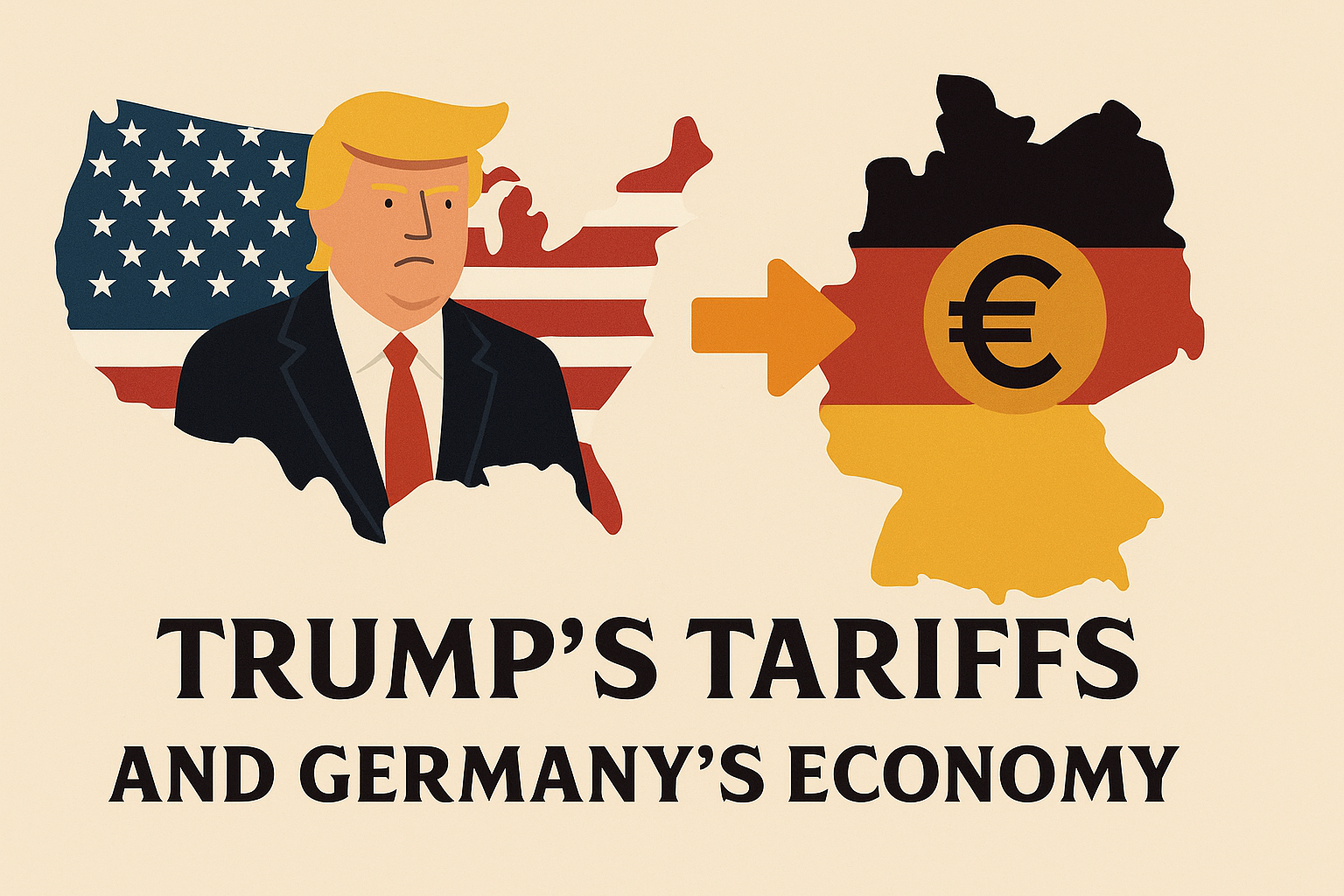— A Chain Reaction of Protectionism, Currency Volatility, and Safe-Haven Demand —
Introduction
In 2025, former President Donald Trump returned to office and promptly implemented the “Liberation Day Tariff,” introducing a 10% blanket tariff on all imports, along with up to 24% in “reciprocal tariffs” on selected countries, including Japan. Additionally, tariffs on steel and aluminum were doubled to 50% as of June 2025.
This resurgence of protectionism has sent ripple effects across global markets. For Japan, these tariffs not only damage export-heavy industries but also contribute to significant movements in foreign exchange and gold markets. Investors are rebalancing portfolios, and central banks are reevaluating reserve strategies.
Impact on the Japanese Economy
● Tariff Overview
- 10% base tariff on all imports
- Up to 24% “reciprocal tariff” on selected countries (Japan, Germany, China, etc.)
- Steel & aluminum tariffs raised to 50% in June 2025
● Economic Contraction Risk
- Mitsubishi UFJ Research estimates a −0.6% real GDP impact
- Daiwa Research sees up to −1.8% if VAT-type tariffs are combined
- Export-focused sectors (autos, precision machinery) hit hardest
● Corporate Implications
- Toyota and Honda scale down U.S.-bound exports
- Auto parts suppliers face margin pressure and bankruptcy risks
- SMEs are suspending capital expenditures and exploring ASEAN production
Currency Market Impacts (USD/JPY)
● Yen Appreciation Drivers
- Risk aversion flows into yen: Amid growing global uncertainty, the yen’s safe-haven status triggers stronger demand.
- BOJ policy shift: Inflationary pressure in Japan has spurred speculation of rate hikes by the Bank of Japan.
- Capital repatriation: Japanese investors unwind foreign positions amid volatility.
● U.S. Dollar Weakness Factors
- Legal uncertainties: Federal courts have challenged the legality of Trump’s tariff orders, adding policy unpredictability.
- Fiscal credibility in question: Rising deficits and trade retaliation undermine global trust in U.S. Treasuries.
- Trade imbalance: Import inflation and export slowdowns worsen the U.S. current account deficit.
● Exchange Rate Outlook
- As of June 2025: USD/JPY trades around 143
- Short-term forecast: Strong yen momentum could push it to 135
- Long-term: Highly dependent on U.S. monetary policy and geopolitical resolution
Gold Market Dynamics
● Bullish Factors for Gold
- Dollar skepticism: As confidence in fiat currencies wanes, gold’s role as a neutral asset is reinforced.
- Central bank purchases: China, Russia, and other emerging markets are increasing gold holdings.
- ETF inflows: Retail and institutional investors flock to gold ETFs amid volatility.
● Japan-Specific Trends
- Gold ETFs gaining traction among retail investors via Rakuten and SBI platforms
- Physical gold demand (Tanaka Precious Metals) shows uptick, especially during yen strength
- Yen appreciation may offset some USD gold price gains, but overall upward pressure remains
● Gold and Yen: A Dual Hedge
- A yen-gold portfolio is emerging as a core strategy among risk-averse investors
- Acts as a hedge against both currency and geopolitical shocks
Strategic Implications and Recommendations
| Sector | Short-term Risk | Long-term Strategy |
|---|---|---|
| FX & Trade | Strong yen hurting exports | Currency diversification, local production |
| Investments | Dollar asset volatility | Shift toward yen-denominated assets, gold |
| Policy | Rising protectionism | Strengthen regional FTAs (ASEAN, EU) |
| Households | Wealth erosion via inflation | Gold accumulation, diversified savings |
Conclusion
Trump’s 2025 tariff regime has created more than just a trade dispute—it has fundamentally altered the global economic order, putting pressure on currencies, asset flows, and investor psychology. The Japanese yen and gold, both long considered defensive assets, are now returning to prominence as safeguards against growing macroeconomic and political instability.
For policymakers, investors, and corporations alike, this is not just a phase but a structural shift. Strategic adaptation is no longer optional—it’s a necessity.


